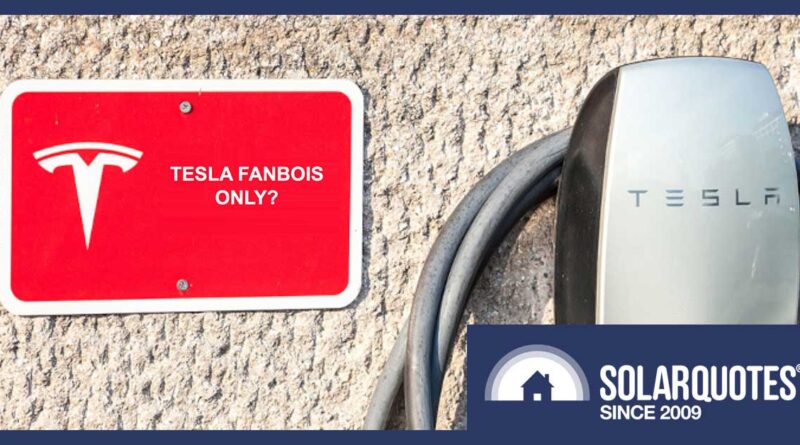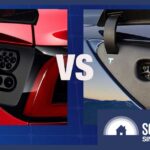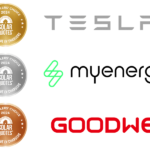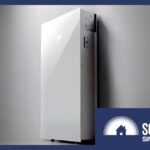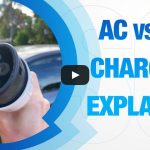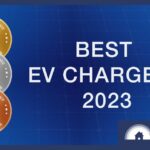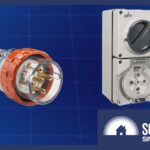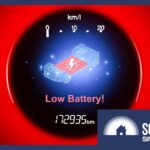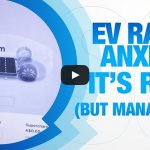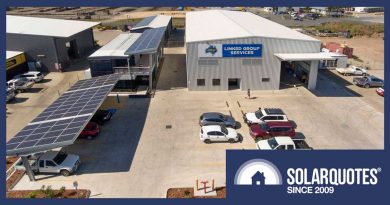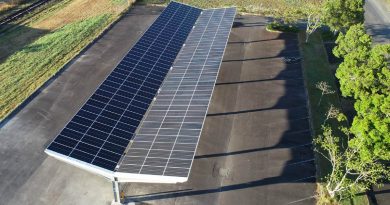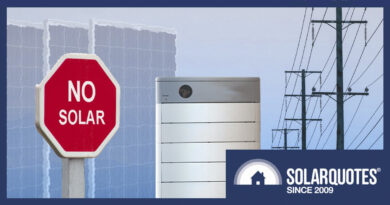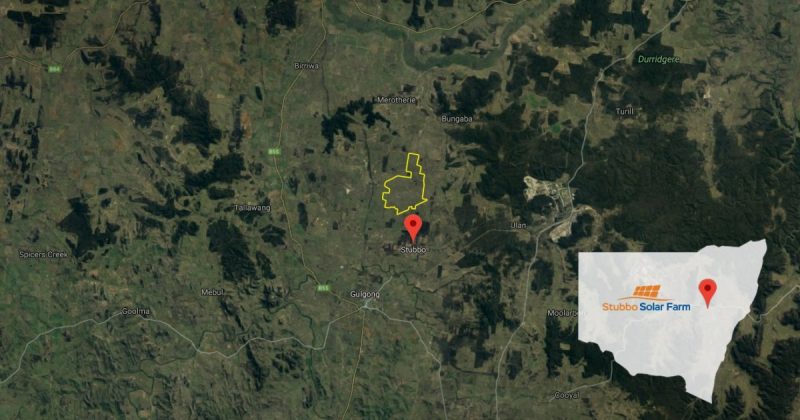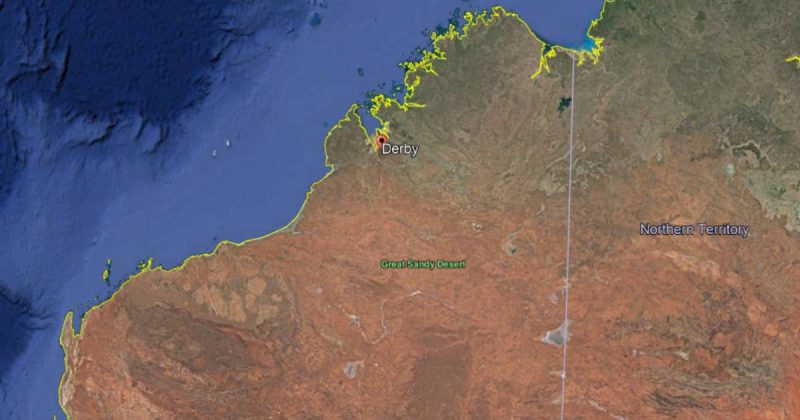Should You Buy A Tesla Wall Connector As Your EV Charger?
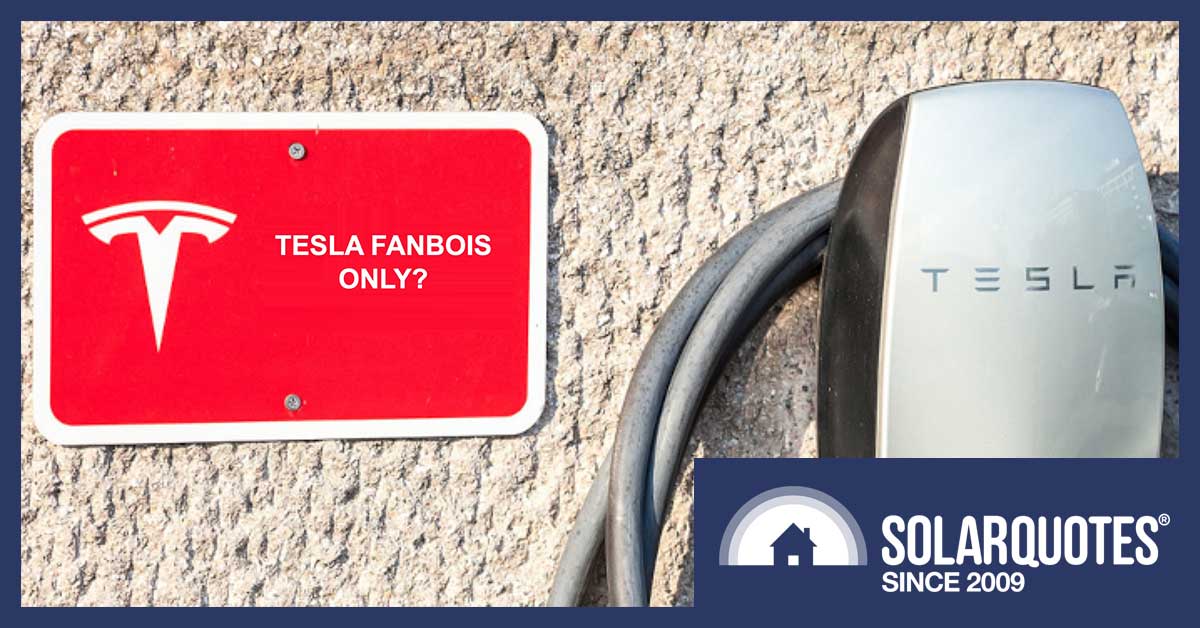
As an EV enthusiast, and perhaps a Tesla aficionado, you may have found yourself mulling over the question: “Is investing in a Tesla Wall Connector as my home EV charger the right move?”
If this query has been buzzing around your mind like a persistent fly at a summer barbie, you’ve come to the right place. Let’s delve deep into the capabilities and offerings of Tesla’s latest ‘Gen 3’ Wall Connector, and see how it measures up.
First, The Basics
😮💨 You can use it with non-Teslas.
If you want to charge your non-Tesla EV without any smarts, the Tesla home charger is compatible with any recent EV sold in Australia.
🇦🇺 In Australia, the Tesla charger does not have a proprietary ‘Tesla’ connector.
Unlike the USA, almost all EVs sold in Australia, including all Teslas, have the same ‘Type 2’ socket for AC charging at home.
The Australian version of the Tesla Wall Connector has a compatible ‘Type 2’ connector plug like this:
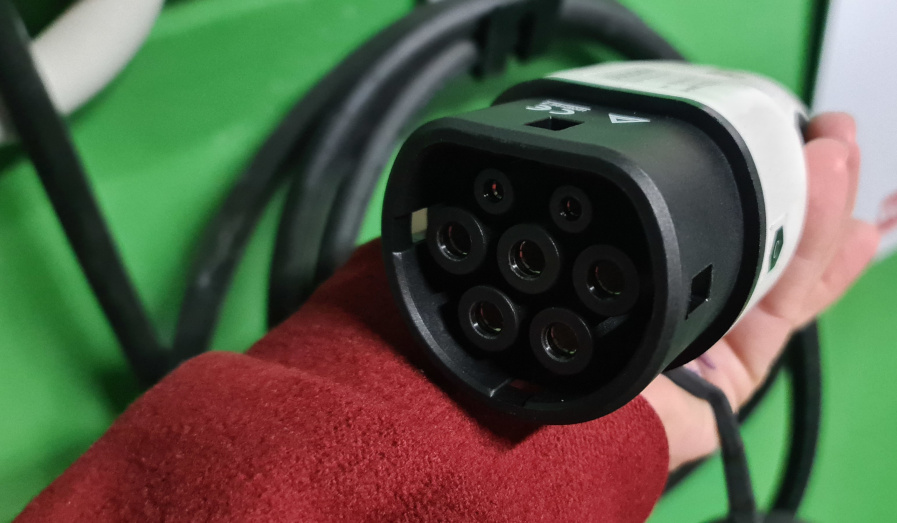
A Type 2 connector.
Some Aussies assume that the Aussie version of the Tesla EV charger comes with a Tesla (NACS) style plug. It doesn’t.
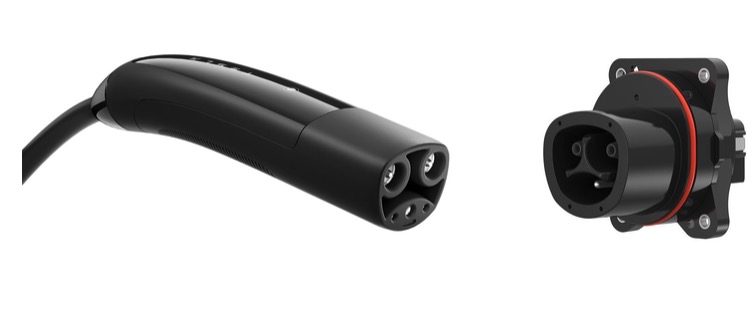
The Tesla NACS plug and socket. This is the plug on a US Wall Connector, but the Aussie version comes with the larger Type 2 (& CCS2) connector. Image: Tesla
🤔 As a side-note: Last week, Ford and GM, and many charger manufacturers decided to adopt Tesla’s smaller NACS plugs in the US, hinting at the possibility of the ‘Tesla plug’ becoming the new North American standard. However, it is unlikely that NACS will become the standard in Australia due to a crucial limitation: it cannot charge vehicles with 3-Phase AC electricity. Although it does support single-phase charging up to 11 kW / 48A, which is the fastest AC rate a Tesla Model 3/Y can handle, the popularity of three-phase charging in Australia allows for charging speeds up to three times faster than the standard 32A single-phase (22kW vs 7.3kW), provided your vehicle can accommodate it. Considering this, it seems improbable that Australia would change its charging standards if it meant sacrificing the speed of three-phase charging from AC chargers.
🤷♀️Confused by all this talk of connector types, AC/DC and EV charging in general? This video I made has everything an EV newbie needs to know in Australia:
Tesla Wall Connector Price
In the realm of EV chargers, the Tesla Gen 3 Wall Connector manages to deliver without burning a sizeable hole in your pocket. As of 2023, it’s priced at $750 AUD. This is quite a reasonable price tag, especially when you consider the quality of the unit, Tesla’s reputation, and the generous 4-year manufacturer’s warranty. Compared to other EV chargers, its price is on par with the ‘budget’ ZJ Beny charger.
Charging Features
☹️ No smart solar charging or OCPP
When it comes to smart features, the Tesla Wall Connector resembles Elon after he started courting the far-right. A confounding disappointment. The wall connector lacks a solar self-consumption function and misses out on OCPP 1.6 connectivity for third-party control and monitoring. I think these are two must-haves if you are looking for a home charger in Australia.
This scarcity of features is likely because a Tesla car is engineered to control the charging process itself. The car decides when to charge and at what rate to take power, so the charging unit on your wall doesn’t need additional functionality beyond what the car instructs.
However, this lack of ‘smartness’ is a showstopper if you want to charge a non-Tesla car with only solar power. Other brands of smart chargers can be configured for optimal charging with your solar or variable electricity tariff and will smartly charge with any brand of car plugged in. This is crucial for homes or workplaces where non-Teslas might need to charge cost-effectively.
Even the prospect of smart solar charging only for Tesla cars is not a current feature, though it is said to be in the pipeline. Exactly how the future solar charging feature works remains unclear, but it seems likely that you’ll need the full suite of Tesla products — a Tesla car, a Tesla wall connector, and a Tesla Powerwall (for its solar monitoring)— to use it once it’s available.
So, a Tesla wall charger may not be the best fit for you if you want to smart charge a non-Tesla car (or have a Tesla car but don’t have a Powerwall).
And if you want to solar charge a non-Tesla car now or in the future, you might be better off with a third-party charger that can natively solar charge, or an OCPP-compatible charger that pairs with Charge HQ.
🚗 🚙🚕 Three useful features for multi-EV properties
Tesla’s Wall Connector is not totally dumb – it does have three features for managing multiple cars:
- Power sharing: This uses Wi-Fi comms between multiple chargers to share the available amps, so multiple EV chargers on one supply don’t trip the main breaker when everyone charges simultaneously.
- Authorisation: The Tesla Wall Connector can be set up only to charge Teslas, authorised Teslas, or any EV, giving you flexibility and control over who can use your charger.
- Property Management (coming soon via a software update): This feature will enable the charging costs for each vehicle to be billed separately via the Tesla app. Useful for multi-vehicle households, free-loading rellies or commercial settings.
Update: A fourth feature – as pointed out by Bj in the comments – is that the Tesla Charger has a button on the plug that wirelessly opens the charging flap (or releases the plug from the socket). It’s a nice touch that you only get with Tesla chargers.
Specifications
The specs aren’t to be sneezed at; measuring 7.3 metres, Tesla offers one of the longer tethered leads, which, as I point out in my controversial ‘EV Charging Mistakes‘1, is great for reaching the charge port no matter which way you park, or even reaching a second car parked in the driveway.
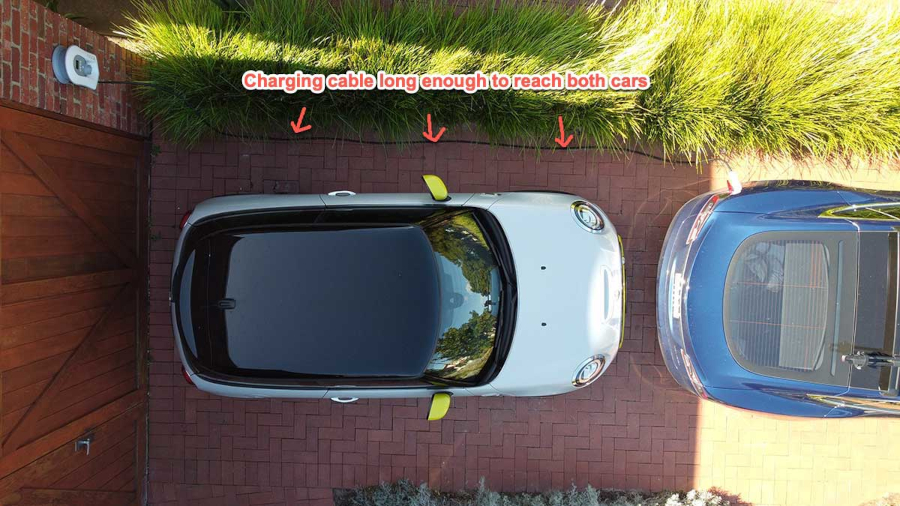
It sounds basic, but the cable needs to be long enough.
The Tesla Charger provides a 32A, 7kW capacity on a single phase and, with a three-phase supply, can provide up to 22 kW, (32A per phase). But bear in mind that most EVs, including the Model 3 and Model Y can only charge at a maximum of 11 kW on three-phase due to the limit of their onboard AC-DC converters.
The 4-year warranty outlasts most competitors, and it comes with IP55 weather protection, ensuring it can withstand outdoor installations. Of course, like any electrical equipment, it’s best to shelter it where possible for added protection.
A Good Choice For Tesla-only Households. Not Great For The Rest Of Us
The Tesla Wall Connector is a strong contender if your house is all-in on Tesla products. Soon it will be able to smart solar charge, taking solar data from your Powerwall, and commanding your Tesla car to consume only solar-powered electrons.
If you only drive Teslas, but don’t own a Powerwall, you can still enjoy smart solar charging with the Wall Connector if you subscribe to Charge HQ and have a compatible inverter/monitoring system – because ChargeHQ will command your car, not your Wall Connector.
Notwithstanding charging smarts, when looking at hardware, I always default back to the underlying age-old question, Is it going to be reliable? And I suspect that these would be. So I would certainly take a Tesla wall unit over a dumb, no-name charger with zero local support. But, If your household doesn’t drive Teslas, although the Tesla Wall Connector is cheap, well warranted and well made, it will prevent you from smart solar charging – which means you’ll be paying more to power your electric car than you need to if you choose the Tesla Wall Connector.
Footnotes
- Only one company with BadEnergi has demanded parts be taken down ↩
Original Source: https://www.solarquotes.com.au/blog/tesla-wall-connector/

